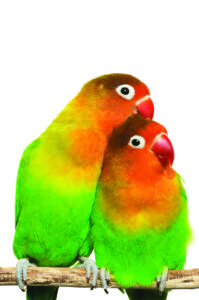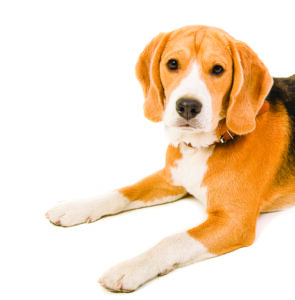Celebrating Five Years of Kind News!
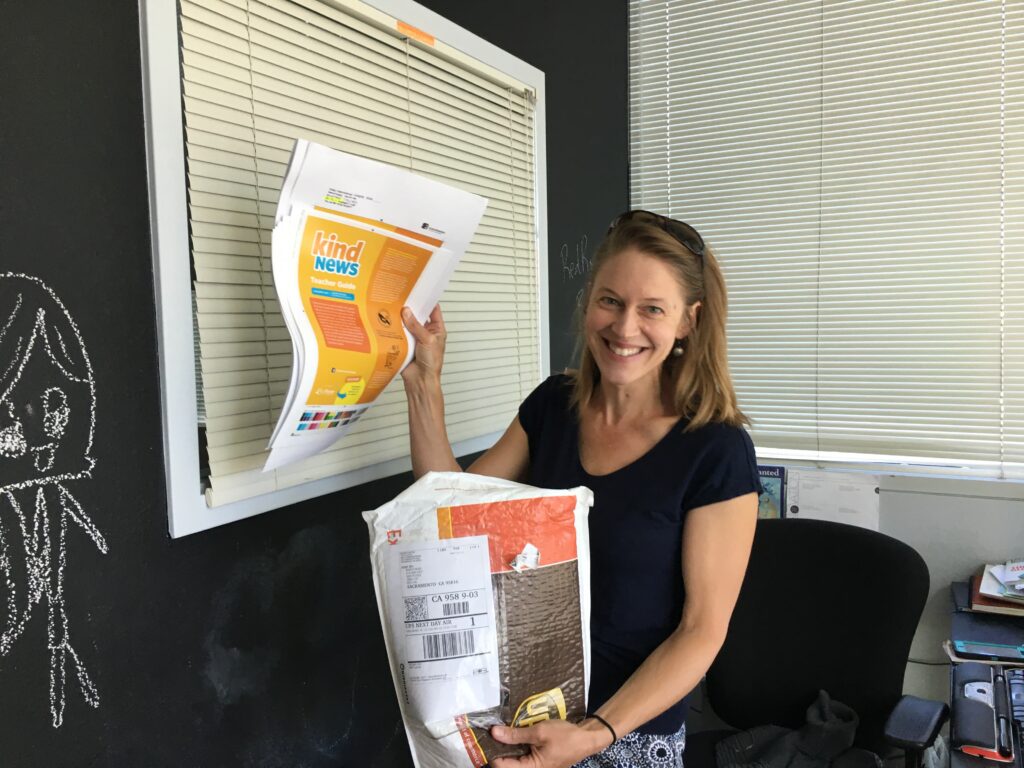
In February 2017, RedRover adopted Kind News magazine, the children’s publication about animals, from the Humane Society of the United States. Five years later, RedRover President and CEO — and Kind News Editor-in-Chief — Nicole Forsyth reflects on the magazine’s impact.
Why did you think it would be a good idea for RedRover to publish a children’s magazine?
The very first thing I thought when I saw Kind News was, “This is like Ranger Rick magazine!” When I was a kid I was inspired by that magazine, which was put out by the National Wildlife Federation. If I hadn’t been exposed to Ranger Rick, I am not sure I would have taken this direction in my life [working in animal welfare]. It opened my mind to the world around me and showed me the power of a simple magazine to inspire kids to learn more about animals and be curious about the world around them. I thought, wow, there’s something here! This is a way to really reach a large number of kids. How great would it be to teach kids early about issues related to pets in their homes or wild animals in their backyard that they’ve never thought about before? I wanted to encourage children to take the perspective of animals and imagine what animals’ lives are like: a way to empower kids to want to change the world.
The magazine also seemed like a natural tie-in with our RedRover Readers program [where students read and discuss literature about animals], and since schools already used magazines in classrooms, like Scholastic, it seemed like a cool way to introduce RedRover Readers concepts and provide content without teachers having to take the RedRover Readers program.
 How does the magazine align with RedRover’s overall vision?
How does the magazine align with RedRover’s overall vision?
We’re here to help when people and animals are in crisis. But we also are here to help strengthen the relationships people have with their pets. At RedRover we really believe that there’s magic in the human-animal bond that has the power to heal and transform lives and strengthen relationships. By learning how to imagine the experience of another, we’re practicing empathy and increasing our ability to understand the lives of other people and other animals, which can really transform the world and make it a more compassionate place. That’s what we hope to do in our education programs.
What is your favorite part of being editor-in-chief of the magazine?
I love to come up with ideas! I’m constantly coming up with them. Sometimes I think of ideas when I’m watching my own pets, or reading a book and a new perspective comes up that I had never thought about before. I spend a lot of my free time hiking. One time I came across dozens of toads that were literally as small as flies, the tiniest toads I’ve ever seen in my life. Once I got over this utter fascination with the size of these toads I thought, oh, wow! I bet kids would want to learn more about toads, there’s probably so much about toads that they don’t know and that I don’t know. I’m always thinking about what kids would find interesting and what would increase their ability to take animals’ perspectives, so they really can imagine themselves living a life of a toad and what would it be like – those kinds of creative ideas and getting kids to think differently. I find that really inspiring!
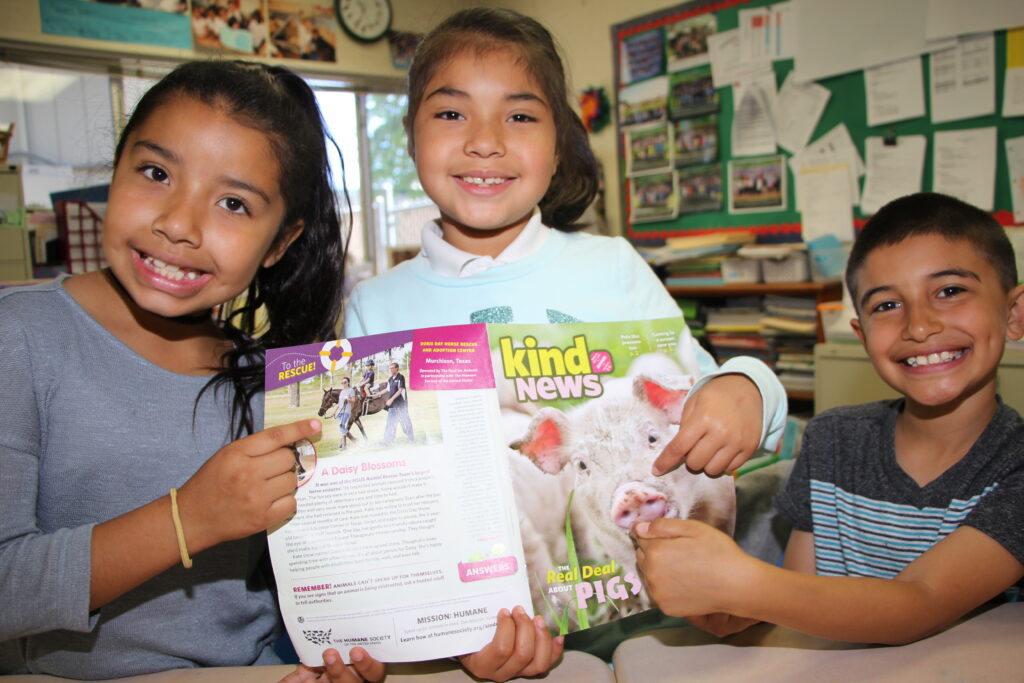 What is one of the biggest lessons you’ve learned from producing a kids magazine?
What is one of the biggest lessons you’ve learned from producing a kids magazine?
Things have really changed since I was a kid! It’s much harder to capture the interest of kids in magazines now. As a mom to a daughter who’s now 13, I know there is a lot competing for kids’ attention. So making a magazine that’s as compelling to them as a video game is really challenging. That’s why we try to put in as many hands-on interactive games and activities as possible.
We know there are kids who still love to read and still read magazines. They’re engaged and they want to learn about animals and they’re just naturally curious about them. But what about those kids who maybe aren’t interested right away? I want to get to them, too. I want them to be just as engaged in the magazine. So how can we make our content be as relevant to the teachers as it is to the kids, and given all of those demands on everyone’s time… it’s not an easy thing to accomplish.
What are some of your long-term goals with the magazine? Who do you hope to reach, and what do you hope to do?
It’s really important to ensure that all kids can see themselves in the magazine in some way, and make sure we’re thinking about diverse perspectives and life experiences. For example, all kids don’t have pets in their homes, and maybe they’ve had bad experiences with animals. We’ve had the content analyzed by education consultant Dr. Worokya Duncan, who is a professional educator with 20 years of classroom experience and degrees in Public Policy Studies, Political Science, Theology, and Education. We also want to make sure kids of all different backgrounds have access to the magazine, and we’re working directly with some of our long-time sponsors who are excited about the opportunity to bring the magazine to children who historically haven’t had as much access to it.
One of our goals is for Kind News to be in every second or third-grade classroom in the United States, and for every student to have access to the content. It can be downloaded digitally for free, so any teacher could theoretically provide the magazine to their kids at no cost. I really love that. But we still have the challenge of making sure kids, educators, and parents know that this resource exists.
What kind of impact do you feel we’ve made in the past five years?
We’ve reached more than 800,000 students since we began publishing the magazine in 2017, and teachers share many stories of kids who are inspired by the content. My favorite testimonial is one from a second-grade teacher who said when the magazine came out, the kids cheered! Ideally, I believe all learning should lead to cheers.
